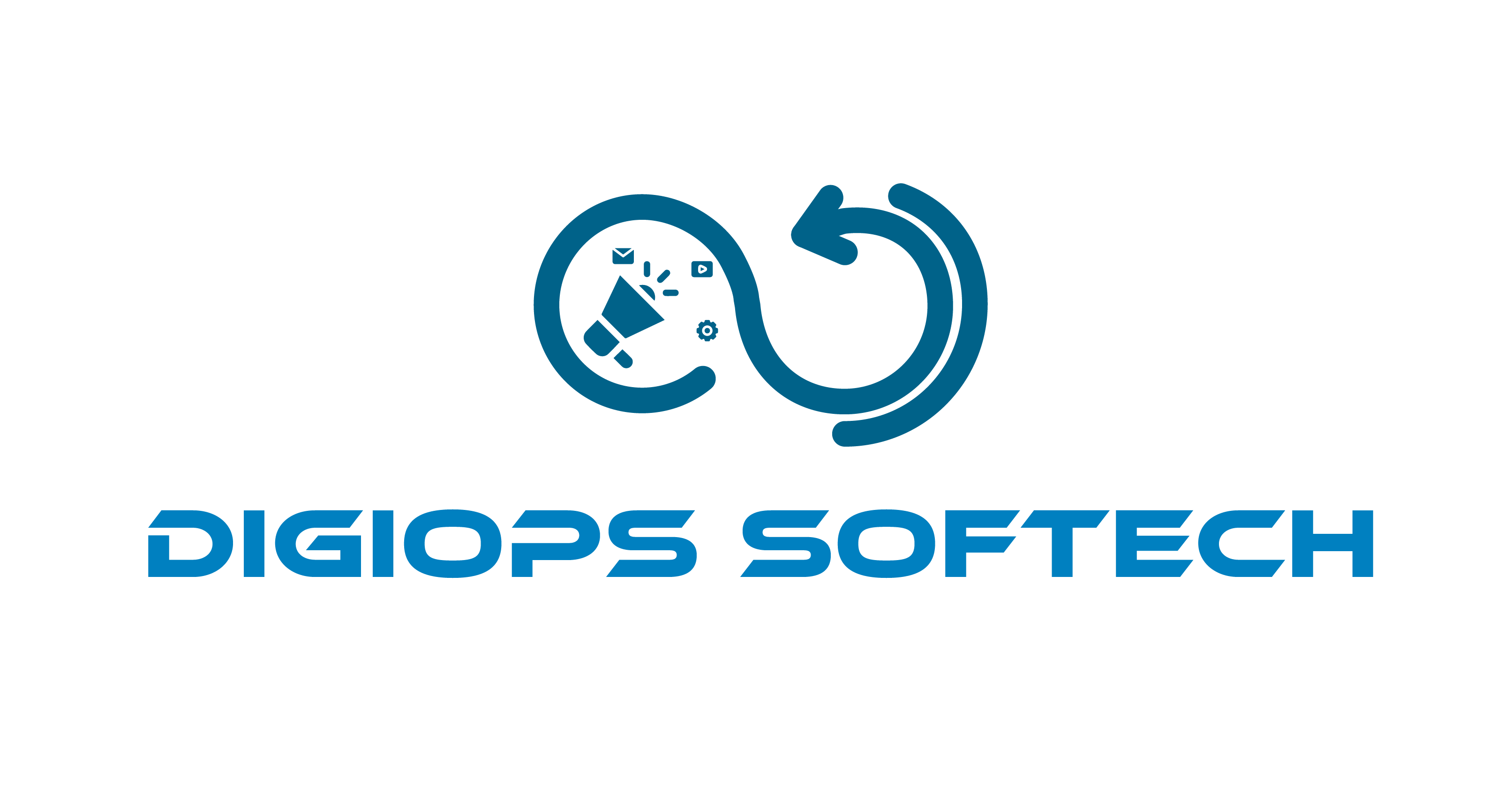Marketing in 2025 presents new hurdles, from AI-driven competition to evolving consumer behavior. Businesses must navigate data privacy regulations, rising ad costs, and content saturation while leveraging emerging technologies. Adapting to personalization trends, optimizing omnichannel strategies, and maintaining brand trust are critical. The shift to sustainable marketing, influencer authenticity, and first-party data reliance requires innovative solutions. Marketers must embrace automation, predictive analytics, and agile strategies to stay ahead. This guide explores the 10 Marketing Challenges in 2025 and How to Overcome Them, offering actionable insights to refine campaigns, maximize engagement, and boost ROI. Stay competitive by mastering the latest trends and overcoming obstacles in the fast-evolving digital landscape.
1. Adapting to AI-Driven Marketing
- Challenge: AI is transforming digital marketing, but many businesses struggle to leverage it effectively.
- Insight: By 2025, 80% of marketing executives expect AI to be their primary tool for decision-making (Gartner).
- Solution: Invest in AI-powered tools like ChatGPT for content generation, HubSpot for CRM automation, and Persado for AI-driven messaging. Train your team to integrate AI into their workflow.
2. Increasing Privacy Regulations and Data Restrictions
- Challenge: Stricter data privacy laws (such as GDPR and CCPA) limit marketers’ ability to track users.
- Insight: 75% of consumers say they will not buy from a company that they do not trust with their data (PwC).
- Solution: Shift to first-party data collection through loyalty programs, interactive content, and transparent opt-in methods. Implement strong data protection policies.
3. Declining Organic Reach on Social Media
- Challenge: Social media algorithms prioritize paid content, making it harder for organic posts to gain visibility.
- Insight: Organic reach on Facebook has declined to just 5.2% on average (Hootsuite).
- Solution: Focus on community engagement, user-generated content, and collaborations with micro-influencers. Utilize new content formats like short-form video and interactive posts.
4. Content Saturation and Audience Fatigue
- Challenge: Consumers are overwhelmed with content, making it harder to stand out.
- Insight: Over 7.5 million blog posts are published daily (Internet Live Stats).
- Solution: Prioritize quality over quantity. Use data analytics to personalize content and focus on niche, high-value topics. Leverage storytelling and interactive formats to keep audiences engaged.
5. Keeping Up with Emerging Technologies (VR, AR, and Web3)
- Challenge: The rise of virtual reality (VR), augmented reality (AR), and blockchain-based marketing (Web3) requires businesses to adapt.
- Insight: 58% of consumers say they are interested in using AR to interact with products before buying (Snapchat & Deloitte).
- Solution: Experiment with AR experiences on social media (e.g., Instagram filters), explore NFTs for brand engagement, and integrate VR into customer experiences.
6. The Rising Cost of Digital Advertising
- Challenge: Paid ad costs continue to increase across platforms.
- Insight: Facebook’s cost-per-click (CPC) has risen by 17% annually (Statista).
- Solution: Optimize ad spend with AI-driven bidding strategies, retargeting, and A/B testing. Invest in organic growth strategies like SEO and email marketing to reduce reliance on paid ads.
7. Shortened Consumer Attention Spans
- Challenge: The average human attention span has decreased to just 8 seconds (Microsoft study).
- Solution: Create snackable content like Instagram Reels, YouTube Shorts, and TikTok videos. Use strong hooks in the first 3 seconds of videos and optimize content for skimming with bullet points and visuals.
8. Omnichannel Marketing Complexity
- Challenge: Managing multiple marketing channels efficiently is increasingly difficult.
- Insight: 73% of consumers use multiple channels before making a purchase (Harvard Business Review).
- Solution: Implement integrated marketing platforms like HubSpot or Salesforce. Use customer journey mapping to ensure a seamless experience across touchpoints.
9. Influencer Marketing Trust Issues
- Challenge: Fake influencers and inauthentic partnerships undermine credibility.
- Insight: 61% of consumers say they trust recommendations from friends, family, or real customers over influencers (Edelman Trust Barometer).
- Solution: Partner with micro-influencers who have highly engaged, niche audiences. Use tools like Upfluence or HypeAuditor to verify authenticity.
10. Proving ROI on Marketing Efforts
- Challenge: Marketers struggle to measure and prove the ROI of their campaigns.
- Insight: 39% of CMOs say measuring ROI is their biggest challenge (Forbes).
- Solution: Use analytics tools like Google Analytics 4, HubSpot, and Tableau to track performance. Focus on key performance indicators (KPIs) like customer acquisition cost (CAC) and customer lifetime value (CLV).
